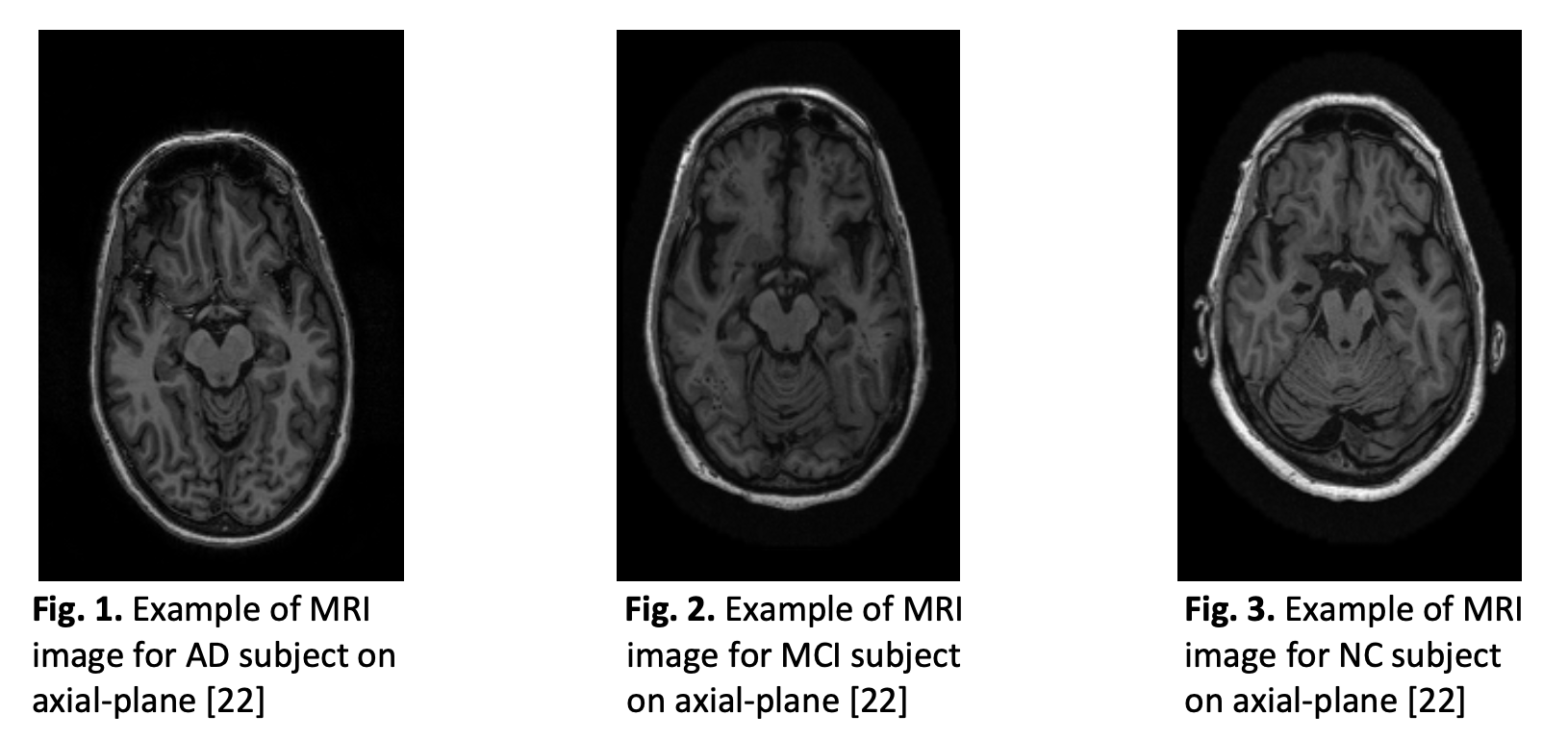Transfer Learning for Alzheimer's Disease Diagnosis using EfficientNet-B0 Convolutional Neural Network
DOI:
https://doi.org/10.37934/araset.34.3.181191Keywords:
Transfer Learning, EfficientNet-B0 model, Alzheimer's disease, MRI images, axial plane, multi-class classificationAbstract
Alzheimer's disease (AD) is an irreversible neurological disorder that causes the gradual decline of one's cognitive abilities, and thus, early detection is significant to slow down its deterioration. Magnetic resonance imaging (MRI) images have been commonly used to diagnose AD. Furthermore, deep learning techniques such as the Convolutional Neural Network (CNN) are utilized to assist the diagnosis due to the complexity of MRI's analysis. However, CNN models require large datasets for training and have a challenging nature for model optimization. Thus, Transfer Learning, an emerging method that can improve the performance of the deep learning model by eliminating the need for training from scratch, is introduced. This paper will propose a Transfer Learning-based EfficientNet-B0 model to classify MRI brain images for AD diagnosis. The MRI images are obtained from Alzheimer's Disease Neuroimaging Initiative (ADNI) database; only axial-plane images are used in this study. As a result, the multi-class classification of MRI images into AD, MCI, and NC classes using a Transfer Learning-based model resulted in a training accuracy of 98.93% and a validation accuracy of 87.17%. These results evidenced the significance of Transfer Learning in improving model performance.
Downloads





























